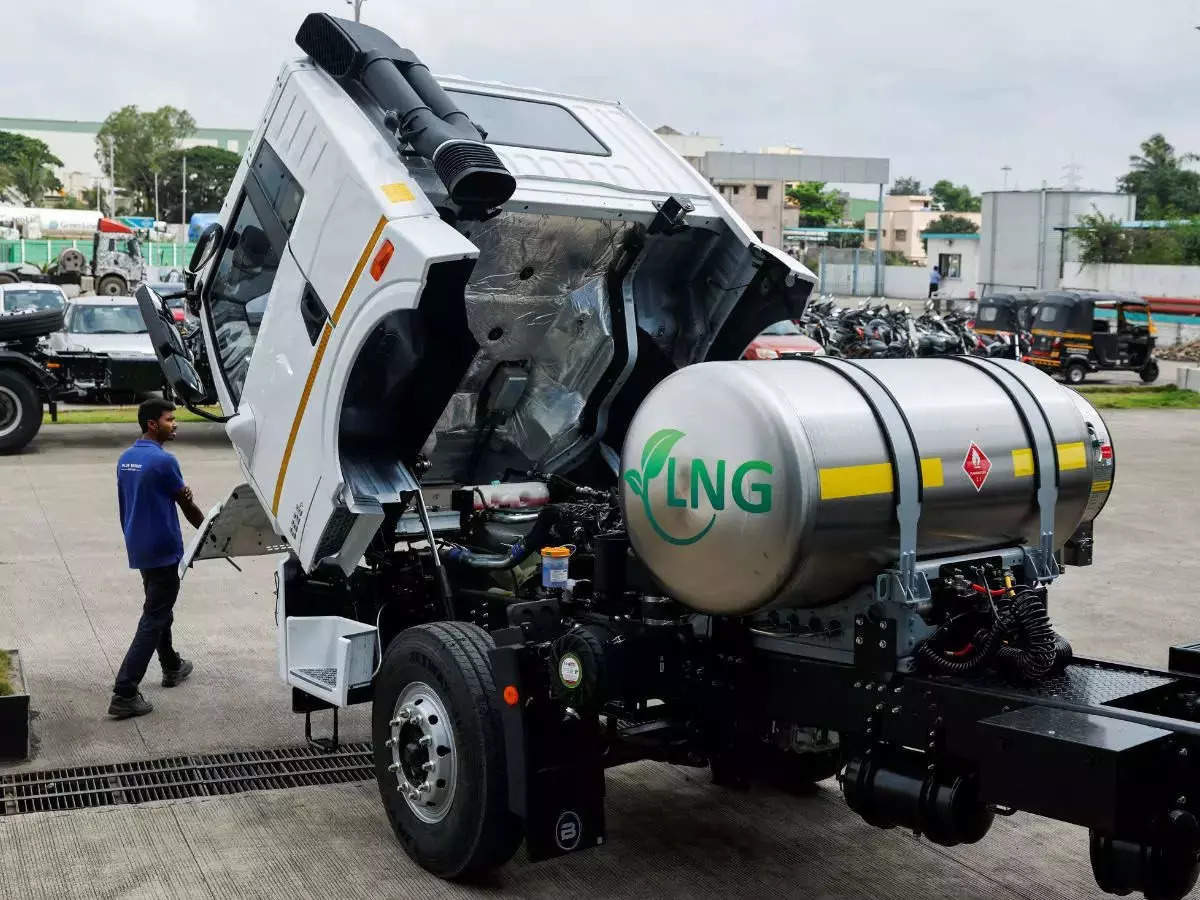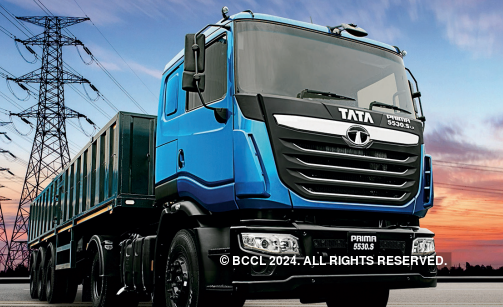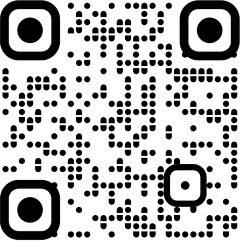
Trucks are the automobile versions of long-distance runners. They carry a lone driver, tonnes of goods, solitude, a few songs and, sometimes, a colourful slogan near the tail lamp, “Has mat pagli pyar ho jayega (Don’t smile girl, I will fall in love with you).” But people seldom fell in love with a plain ol’ lorry whose designs were unremarkable and creature comforts non-existent. Until recently.Every day, Bhim Singh would load his truck with potatoes, cabbages and carrots from Ooty and take them to the bustling markets in Kochi, about 300 km away. It had been a backbreaking drive for years until he got a break with his new truck, Eicher Pro 3019. He says the truck has cut his time on the road by one-fifth and its air-conditioned cabin is a relief, especially when it touches the plains of Kerala. The new vehicle’s system, which tracks fuel consumption and maintenance requirements, also maximises mileage, says a relieved Singh.
Designers of commercial vehicles (CVs) at leading automobile companies—from Tata Motors and Mahindra and Mahindra to Ashok Leyland, VE Commercial Vehicles and Daimler India—are steering a change in the look and feel of the truck. Their design philosophy has evolved with the changing needs of a commercial vehicle user—the lorry driver, who spends long, lonely hours on the road and wonders why his truck can’t be at least as comfortable as a car.

Few understand this need better than Mahindra & Mahindra, which sold over 260,000 CVs, including trucks, light commercial vehicles and buses, in India in FY2024. Says Pratap Bose, chief design and creative officer, auto and farm sector, Mahindra and Mahindra: “This shift in design has been driven by the changing aspirations of commercial vehicle users. The driver is constantly exposed to high-quality design even on budget products such as entry-level hatchbacks. A handsome commercial vehicle is sure to attract more buyers.”
Franz von Holzhausen, chief designer of Tesla and the man behind the polarising design of the angular, stainless steel-clad Cybertruck, has rued that the “three-box shape” of the pick-up truck has not changed for the past 60-70 years. While the design of the Indian truck—a twobox, cab-over-engine —has not been disrupted, it is quietly and surely advancing in terms of aesthetics and aerodynamics.
Truck with design
Eicher has developed its own design language that is implemented across products. Vinod Aggarwal, MD and CEO of VE Commercial Vehicles (VECV), a joint venture between Volvo Group and Eicher Motors, says, “A big part of our design is vehicle use. Eicher’s smaller vehicles that operate in urban areas have sleek, car-like interiors to provide drivers with the functionality they need to navigate tough city traffic. At the other end of the spectrum, Eicher Pro 8000 heavy vehicles emphasise ergonomics, safety, ruggedness and strength while offering the driver comfort, storage and living space to rest comfortably during long trips.”Design is a balancing act between form and function, says Martin Uhlarik, head of global design of Tata Motors. It is the leader in commercial vehicles, selling a b o u t 4 0 0 , 0 0 0 trucks in India every year. Its Prime and Signa trucks have driver-focused cabins with easy-to-access controls. “We have introduced features after studying the usage of heavy truckers on long-haul travel and integrated functional utilities like smart storage, ergonomic bunks for sleeping and other simple designs to make a trucker’s life better,” says Uhlarik.
These changes have a cascading effect. Sagar Pawar, owner of Punebased SP Ready Mix Concrete, has a fleet of Tata’s flagship truck, Prima. He says drivers adhere to schedules better because of the improved comfort and efficiency offered by these new trucks. “This helps us enhance the reliability of our own service, giving customers greater confidence in our capabilities,” he says.
A trip from Delhi to Kanyakumari used to take 9-10 days. In modern trucks, it can be d o n e i n five-six d ay s. Fleet operators say drivers clock 9,000-14,000 km a month as against 5,000 earlier. “Now, drivers do not have too many complaints as the trucks have got 300% better,” says Ramesh Agarwal, MD of Agarwal Packers & Movers, a relocation services company. He started with four commercial vehicles in 1986. Today, he has 1,800 modern trucks.
The evolution of a truck design is a long process. Says Mahindra’s Bose: “It starts with sketch concepts that are converted to a full-scale showproduct. Before that, the design has to mature through loops of claymodel iterations, digital-data evolution and careful selection of hardwearing yet appealing materials for the cabin.”
Throughout the design process, manufacturers test prototypes extensively, ensuring that every aesthetic choice enhances practicality. From aerodynamic efficiency to driver comfort, each design element should contribute to the vehicle’s performance and its visual appeal, say manufacturers.
Before conceptualisation, there is a crucial part: an intense phase of “living with the users” to understand their expectations and needs. “These, incorporated into design, would ensure the product is appealing in terms of look, feel and usage,” says Bose.
Opening new doors
The rise of electric vehicles will dramatically change the way CVs are designed. Mahesh Babu, CEO of Switch Mobility, the electric arm of Ashok Leyland, says electric mobility has opened new doors for design innovation. “Electric drivetrains offer greater flexibility as they eliminate the need for bulky engines and fuel tanks, providing more freedom in design. We can now integrate aesthetics with functionality in ways that were impossible with conventional drivet r a i n s, ” h e s ay s. “ To d ay ’s commercial vehicles must be more than utilitarian—the interiors need to be visually appealing as commercial vehicle drivers spend most of their day behind the wheel. This insight shapes our focus on ergonomics, ease of operation and comfort.”
Switch Mobility’s electric light commercial vehicle, Switch IeV4, has a full-flat driver seat that folds down to create a seamless surface. “This design is not only aesthetically pleasing but highly functional, allowing drivers to rest comfortably during long shifts,” says Babu. Meanwhile, he says, “The new front fascia of our vehicles has a curvy profile and clean surfaces. This improves visual appeal and enhances aerodynamic efficiency, contributing to better energy savings.”
These changes are appreciated by fleet owners. “Drivers benefit from ergonomic seating, better cabin insulation and smart storage solutions, which make long-haul trips easier and safer. This has improved their overall well-being and productivity, ensuring our operations run smoothly,” says Vijay Dakliya, director of Mahavir Fleet Operators, which has a 650-vehicle fleet.
The advancements in materials and technologies have transformed the way vehicles are designed. The use of lightweight, durable composite materials and aluminium body allow fluid and dynamic designs without compromising on strength or functionality.
In fact, the focus on truck design improved after the implementation of BS 6 norms in 2020. Most trucks sold today are fully built by manufacturers rather than assembled locally. New-generation trucks come with car-like features such as air conditioning, power windows, pneumatic driver seats and telescopic steering. VECV’s new designs have daytime running lights that get switched on when the engine starts. “While there has been an incremental cost to these features, they have enabled operators to improve the distance covered daily by over 20%,” says Kaushik Narayan, CEO of Leaptrucks, India’s largest online platform for the sale and purchase of used trucks.
Daimler gives importance to the design and aesthetics of trucks. The lines of its Actros and eActros trucks are simple, but they look glamorously rugged. Yet, form doesn’t trump function. “The key utilitarian perspective of a commercial vehicle design is the cost of replacement, which should be low,” says Pradeep Kumar Thimmaiyan, president and chief technology officer, Daimler India Commercial Vehicles. Which is why Daimler is replacing the plastic parts in the front with steel, in a nod to insurance companies that refuse to pay for the former that gets easily damaged.
Commercial vehicles suffer more accidents than cars. Manufacturers, therefore, have to be prudent about replacement costs. If the bumper is in, say, three pieces rather than one, it is cheaper to replace the corner that gets damaged. “For manufacturers, it is aesthetics versus low cost. We tend to compromise a bit on aesthetics so that we can keep the replacement cost low,” adds Thimmaiyan.
The future of commercial vehicle design will be shaped by sustainability, smart technology and customisation. As the industry moves toward connected vehicles, designs will have to incorporate advanced sensor systems and communication technologies.
At a crossroads
The truck has to change because the vehicle is at a crossroads. There aren’t many takers to drive a truck. Many vehicles are sitting idle because India has about 60 lakh trucks and less than 36 lakh drivers. There are only 55 drivers for 100 trucks now, compared with 75 drivers a few years ago.
“There is a need to make a truck driver’s job more aspirational by designing the truck environment as safe, professional and as dignified as a computer workstation or an office cubicle,” says Uhlarik of Tata Motors, which is leveraging virtual reality and augmented reality tools to visualise large truck bodies. “We also simulate different load bodies in trucks to make designs for multiple use cases and scenarios,” adds Uhlarik.
The future design of commercial vehicles will draw inspiration from airplanes, interior architecture and professional equipment, focusing on functionality, ergonomics and durability, rather than merely imitating cars. “This approach will transform the way businesses use and interact with their fleet, pushing the boundaries of commercial vehicle design toward sophistication, utility and precision,” says Uhlarik.
To attract the millennial driver, the interior, exterior and electronics have to change. The truck, says Thimmaiyan, needs to be more like a gadget.
















